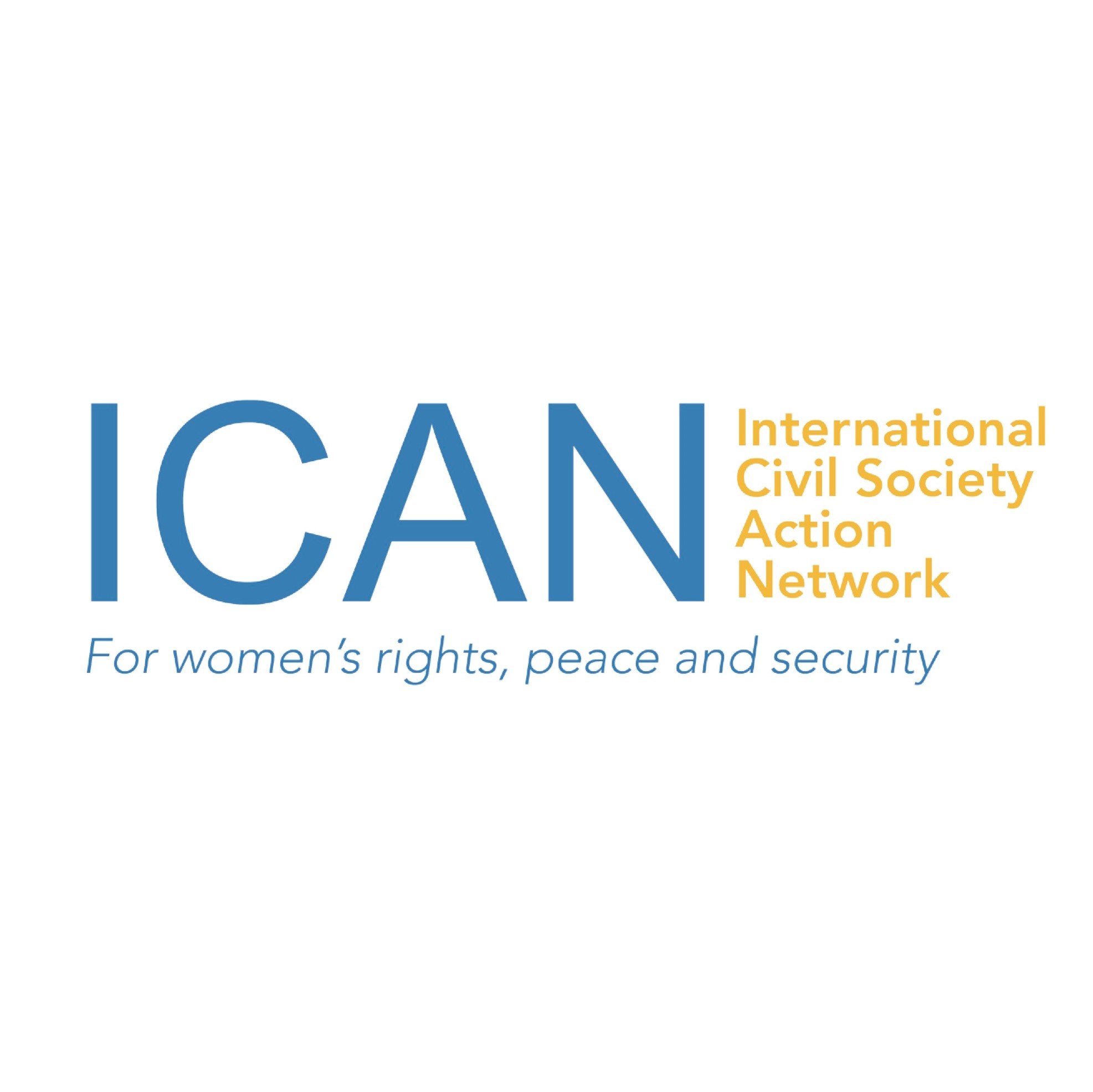Peacebuilding as a concept started to appear in official United Nations (UN) policies in the 1990s. However, the focus of peacebuilding was on peacekeeping, the deployment of neutral, international forces to reduce violent conflict and try to keep the “peace.” Today, we know that peacebuilding is more than just reducing violent conflict and “keeping the peace.”
The Alliance for Peacebuilding (AfP) is a network of 200+ organizations working in 181 countries to prevent and reduce violent conflict, violence and fragility and build sustainable peace. Peacebuilding is in our name, but what exactly is peacebuilding? We get this question a lot, and honestly, we haven’t done a good job of communicating what peacebuilding is and why it matters.
AfP, in partnership with FrameWorks, conducted research in the United States on how to reframe "peace" and “peacebuilding” so that the public understands it and champions it. We learned that concrete framing strategies must emphasize interconnectedness by showing what happens in one part of the world affects us all. Additionally, it’s critical to use active and practical examples, such as bridge-building metaphors, that show peacebuilding is hard work, must be built, and requires ongoing maintenance. The research also finds “crisis messaging” and traditional peace slogans around “love and calm” are ineffective narratives.
Today, what comes up when you Google the word "peace?"
A hand gesture… a sign… or “achieving a state of peace and calm.”
And when you search for a definition of peacebuilding, it’s technical, wonky, and complex. Here's one example:
Peacebuilding covers a broad range of measures implemented in the context of emerging, current, or post‐conflict situations and which are explicitly guided and motivated by a primary commitment to the prevention of violent conflict and the promotion of a lasting and sustainable peace. (From the Organization for Economic Co-operation and Development, 2008)
And here's another one:
Peacebuilding involves a range of measures targeted to reduce the risk of lapsing or relapsing into conflict by strengthening national capacities at all levels for conflict management, and to lay the foundations for sustainable peace and development. Peacebuilding strategies must be coherent and tailored to the specific needs of the country concerned, based on national ownership, and should comprise a carefully prioritized, sequenced, and therefore relatively narrow set of activities aimed at achieving the above objectives. (From the UN Peacebuilding Support Office, 2010)
If these definitions don’t make sense, we don’t blame you. They are super wonky and difficult to understand. Definitions like these are part of the problem.
In 2018, AfP and its members worked to get peacebuilding officially acknowledged as a word in multiple dictionaries, including HarperCollins, Macmillan, and Cambridge University Press. But in digital documents when you write peacebuilding, you will see a red squiggly line underneath the word “peacebuilding,” and that’s annoying!
So what is peacebuilding?
Peacebuilders analyze violent conflict, violence, and fragility to understand what is driving it, preventing it from breaking out, and triggering it. Additionally, it’s vital to understand who can mobilize violence or peace, a conflict’s trajectory, and most importantly, what works and doesn't work to prevent and reduce it and build sustainable peace. But remember, all programs have the potential to cause harm, so it is vital to apply evidence-based peacebuilding research. Just because you have a good idea doesn’t mean that it will work.
While conflict is inevitable, violence and violent conflict are not. But peace isn’t the absence of violence and violent conflict.
There is no better way than asking peacebuilders to tell us what peacebuilding looks like in practice. Peace doesn't just happen; we have to build it!
Resources
Guide To Communicating The Importance Of Peacebuilding: What It Is And Why It Matters
December 2023What is Peacebuilding? Yeah, We Get That Question A Lot.
NUANCE, Fall 2023Peace Has A PR Problem.
How Do We Fix It?
Making Peace Visible Podcast, March 2023
The #PeacebuildingIs campaign asks AfP members to tell us about an actionable peacebuilding program.
1. Tell Us
Fill in the blank: “Peacebuilding is _____.”
Then, in 250 words or less, tell us about the problem you are trying to solve and how you are preventing and reducing violent conflict, violence and fragility and building sustainable peace.
2. Post It
Use the hashtag #PeacebuildingIs and tag AfP (@AfPeacebuilding) in your posts.
AfP’s 2023 International Day of Peace campaign
















